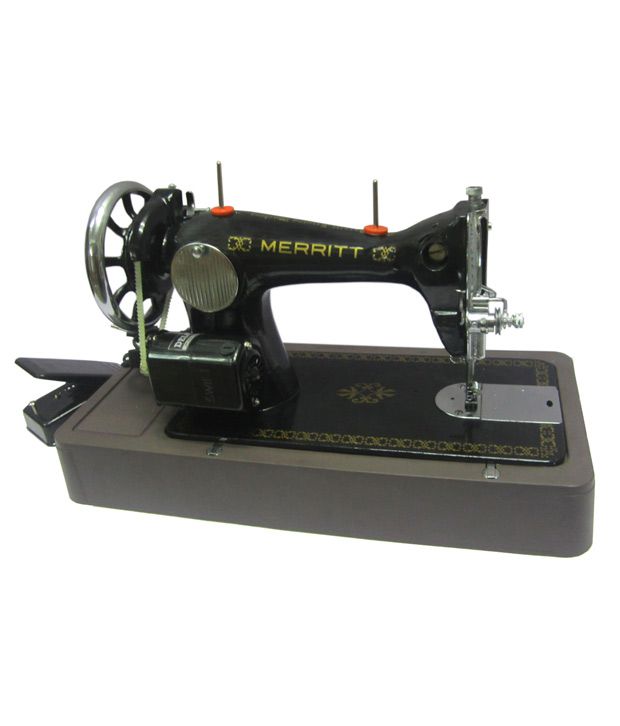Thread Position CNC Sewing
Due to the elasticity of thread and tissue material,the stitches made by a computer program on a CNC sewingmachine are shifted from their desired positions. The mismatchleads to a visually inferior appearance of the resulting threadpattern compared to the one intended by the manufacturer.This paper introduces a camera based inspection system thathelps to find and evaluate the distortion vector for each individualstitch. These vectors can facilitate the automatic reprogrammingof corrected stitch positions in the CNC sewing program tominimize the final distortion. An image processing pipeline isproposed, consisting of thread detection and model-based regis-tration, finding an assignment of thread pixels and model stitchpositions. The corresponding distortion vectors are computed forevery individual stitch. VS Sewing Machines

Due to the elasticity of thread and tissue material,the stitches made by a computer program on a CNC sewingmachine are shifted from their desired positions. The mismatchleads to a visually inferior appearance of the resulting threadpattern compared to the one intended by the manufacturer.This paper introduces a camera based inspection system thathelps to find and evaluate the distortion vector for each individualstitch. These vectors can facilitate the automatic reprogrammingof corrected stitch positions in the CNC sewing program tominimize the final distortion. An image processing pipeline isproposed, consisting of thread detection and model-based regis-tration, finding an assignment of thread pixels and model stitchpositions. The corresponding distortion vectors are computed forevery individual stitch.An image processing pipeline was designed for the threaddetection. The complete workflow is visualized in Figure 3.At all times, knowledge about the desired thread pattern modelis available.A. Two Partial Luminance ImagesThe composed camera RGB-image is converted to a single-channel luminance imageL(x,y) = 0.3∗R(x,y)+0.59∗G(x,y)+0.11∗B(x,y).(1)The conversion is based on the assumption, that the threadappears either brighter or darker than the tissue background.However, it is unknown in advance which appearance is given.Therefore, two partial images are generated. The positiveimageI+(x,y)only contains pixels brighter than the tissuemean, whereas the negative imageI−(x,y)only containspixels darker than the mean,I+(x,y) = max(0, L(x,y)−m)(2)I−(x,y) = max(0, m−L(x,y))(3)m= mean(L(x,y)).(4)By separation into partial images, the pixels representingthe thread will only be visible in one of them. They willalways appear as a bright structure. Next to the actual threadpixels, there will also appear spurious pixels from noisy tissuestructures. They resemble thread-like structure parts and arestochastically distributed.B. Frangi FilteringA Frangi filter [3] is applied on both partial images. The fil-ter operation basically consists of a pixel-wise computation ofthe Hessian-Matrix and a Gaussian-shaped smoothing kernel.It is also known as a vesselness filter and was originally intro-duced in the context of medical image analysis to emphasizepixels that are embedded in vessel-like structures. However,an elongated and thin appearance is not only characteristicfor vessels inside the human body but also for the consideredthread within this work. It is therefore natural to adopt theestablished methodology for the given task. The result are twoimages,IF r+andIF r−, with each pixel value containing theprobability that it is embedded in a thread-like structure.C. Selection of the Thread ImageBased on the supplied model prior, an approximate numberof expected thread pixels can be estimated. This expectationcan be turned into a thresholding operation, that is performedon both images. Since one of the filtered images containsboth the thread as well as background noise, while the otherimage only contains background noise, a robust detection ofthe thread image is straight forward. The result is a singlebinary image,wF r(x,y), with a pixel value of 1 indicating athread pixel.D. Classification of Pure Thread PixelsThe previous step provides a mask for pixels that areembedded in a thread-like, i.e. elongated and thin, structure.Yet, pixels lying not directly on the thread but nearbymay be included. Therefore, the mask is refined usingan expectation maximization (EM) algorithm [1]. Therefinement is no longer performed on the luminance image,but on the RGB-image. As initialization, the tissue RGBvalues from the background removal step are taken forthe tissue mean and covariance values. The thread meanand covariance values are derived from all pixels maskedbywF r. The iterative EM algorithm results in a singlebinary image,wges(x,y), with a pixel value.https://www.vssewingmachine.in/

Recent Comments